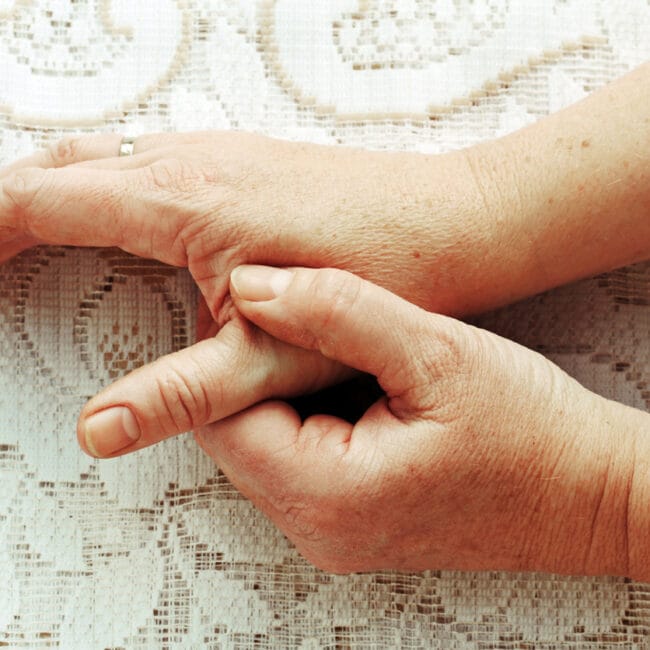Football is one of the most popular games in Ireland and across the world. Thankfully this means that there has been a lot of research into the kinds of injuries incurred by players most often. These can be classified into one of two major categories: overuse, or acute. An overuse injury occurs when repeating the same movement gradually wears down our cartilage, tendons, or muscles, while an acute injury occurs suddenly, like a sprain. Below, we have listed some of the most common football injuries, and how they will affect the player.
Ankle Sprain
Ankle sprains occur when the ligaments in the ankle are stretched suddenly, usually as a result of a misstep or fall. There are three degrees of ankle sprain, and recovery time will depend on how bad the sprain is. If you can barely hop on the injured foot, it is likely a first degree sprain and will take up to ten days to heal. If you can’t hop, it is a second degree sprain, and could take a month. If you can’t put any pressure on it at all, it is a third degree sprain and it could take up to three months to fully recover.
Achilles Tendonitis
Achilles tendonitis is an overuse injury that manifests as pain running along the back of the ankle. It occurs when the achilles tendon becomes swollen from being repeatedly stretched without getting adequate rest. Pain felt and recovery time will depend on how long the condition has been building up, but the only way to treat it is by using ice, giving it a rest, and doing a few daily stretches to loosen it up. Usually, Achilles tendonitis will take a few weeks to fully heal, but severe cases can take the better part of a year, so don’t ignore the pain if you feel it.
Groin Pull
A groin pull is when one of the six muscles that connects the pelvis to the femur, known as adductors, is pulled. This can also be put into one of three degrees, the first being minimal injury, the second being difficulting with running, and the third being difficulty walking. In most cases, pain and swelling will start to subside after 3 days, and the athlete can return to exercise after a week. If pain and swelling remains for over 3 days, you may want to see a doctor.
Hamstring Injury
Hamstring injuries can be classified as mild, moderate, or severe, and can take anywhere from 2 weeks to over three months to heal. Players with a mild injury will feel a general discomfort, those with a moderate injury will likely limp a bit, while those with a severe injury will find it difficult to walk at all. 2-3 weeks of rest will help with a mild injury, while moderate injuries may require 4-8 weeks. For severe injuries, recovery may require months of inactivity or even surgery.
Runner’s Knee
Runner’s knee describes a pain around and underneath the kneecap, which is believed to be caused by irritating the cartilage. It is an overuse injury most likely exacerbated by the shockwaves that go through your body when you step. The best way to treat runner’s knee is to get a few weeks of rest, although you can switch to swimming to keep your physical activity up. Working on your quad muscles and buying better shoes can also help prevent this injury from recurring.
These are just some of the most common injuries faced by football players, most of which do not pose any major health risks. You may often find that professional athletes seem to incur more severe forms of these injuries than you do. This is because they are working harder for longer, trying riskier and more complicated techniques, and have more muscle to injure. The recovery times outlined here are usually a good indicator of how long someone will be out of action, though professionals will often need longer recovery times, and are often required to take extra rest to minimise the risk of re-injury. So even if an injury can heal in two weeks, you shouldn’t expect to see them back on the pitch that soon.










